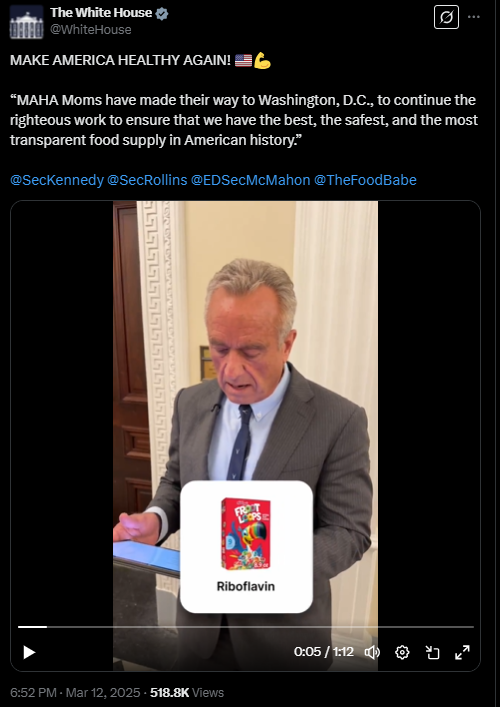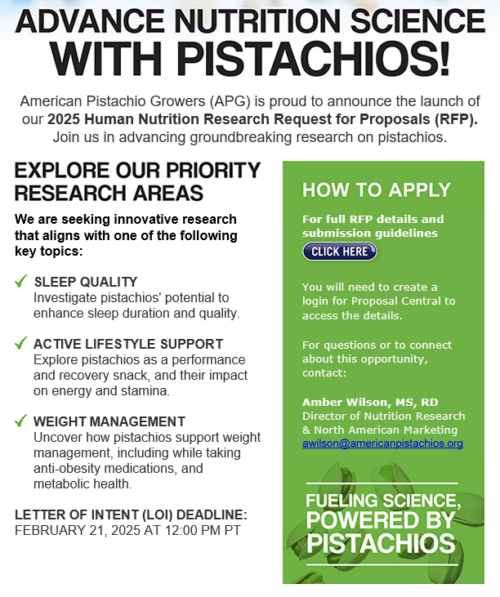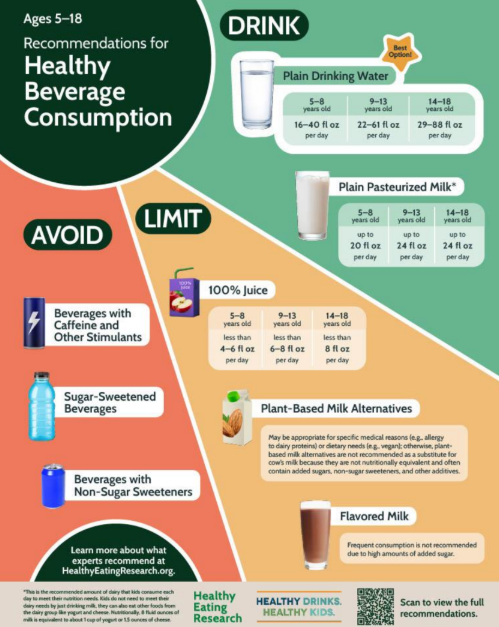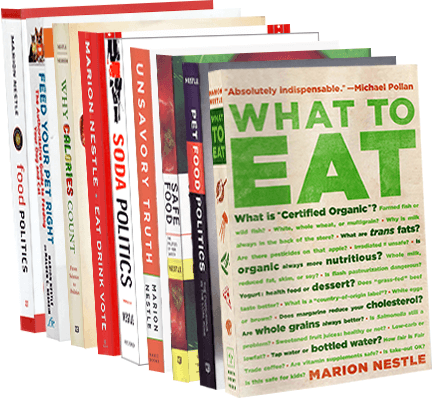Industry-funded study of the week: prunes
The Study: Prunes May Blunt Adverse Effects of Oral Contraceptives on Bone Health in Young Adult Women: A Randomized Clinical Trial. DeMasi, Taylor et al. Current Developments in Nutrition, Volume 8, Issue 9, 104417.
The rationale: Oral contraceptives (OCs) may promote bone loss. Prunes may prevent that.
Objective: Will consuming 50 g of prunes daily prevent bone loss or increase bone accrual in OC users.
Methods: Ninety women were randomly assigned to a control group not using OCs (non-OC), an OC group not consuming prunes (OC), and an OC group consuming 50 g prunes daily (OC+P) for 12 mo.
Results: Bone mineral density (BMD) did not change among groups, but ultradistal radius BMD increased over time within non-OC and OC+P groups. Trabecular density of the distal tibia decreased within the OC group.
Conclusions: OC use promoted minor negative effects on bone. Consuming prunes “tended to provide a potential protective effect on trabecular density of the distal tibia and ultradistal radius in young women.”
Conflict of interest: “The authors report no conflict of interest.”
Funding: “This study was funded by the California Prune Board. The California Prune Board had no role in the design and conduct of the study; collection, management, analysis, and interpretation of the data; preparation, review, or approval of the manuscript; and decision to submit the manuscript for publication.”
Comment: I’ve put the wiggle words in red. Why, you might well ask, would anyone expect two ounces of prunes a day to have anything to do with bone loss? The authors do not say. They merely observe an association of prunes with bone health in animals, and say they had seen minor prevention of bone loss in postmenopausal women in previous research. I’m all for eating prunes if you like them, but bone health seems like a stretch. So does the statement that the Prune Board had no role in the study. It funded the study. It is not going to fund studies that might not produce favorable results. Industry funding exerts influence from the get go, whether or not recognized by authors as a conflict of interest.




